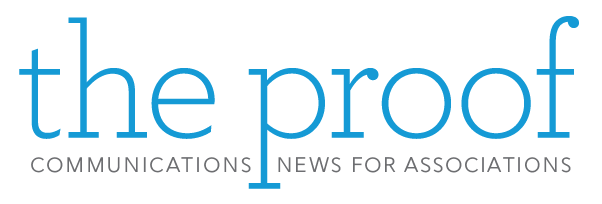 During the pandemic, the need to quickly make decisions and change course uncovered a number of opportunities for associations to identify changes that can be made to increase their value to members.
During the pandemic, the need to quickly make decisions and change course uncovered a number of opportunities for associations to identify changes that can be made to increase their value to members.
In the original edition of Race for Relevance, the authors promote the establishment of a board that is sized and populated for the purpose of thoughtful, effective decision making. The 10th Anniversary edition reiterates that recommendation and includes stories of associations that were able to respond quickly to change due to an agile, skillful board.
In “How to Build an Effective Nonprofit Board: The Complete Guide,” the author takes the reader through all of the steps required to build a board for a non-profit organization. While most associations already have a board, a number of tips in the article are important to keep in mind when evaluating organizational structure:
- Set minimum and maximum term lengths for board members to provide leadership opportunities for more members and to ensure that leadership reflects the membership
- Stagger board terms to make transitions from year to year smooth and to avoid losing “institutional knowledge” that happens when all or most of the board changes at once
- Identify the skills needed, and recruit board members with expertise in a variety of fields such as law, marketing, finance, or management to create a well-rounded group of advisors and decision-makers
- Design an evaluation process that includes board self-assessment, peer-to-peer assessment, executive director assessment, and external consultant assessment to evaluate the effectiveness of the board
For more tips and suggestions, click here.






